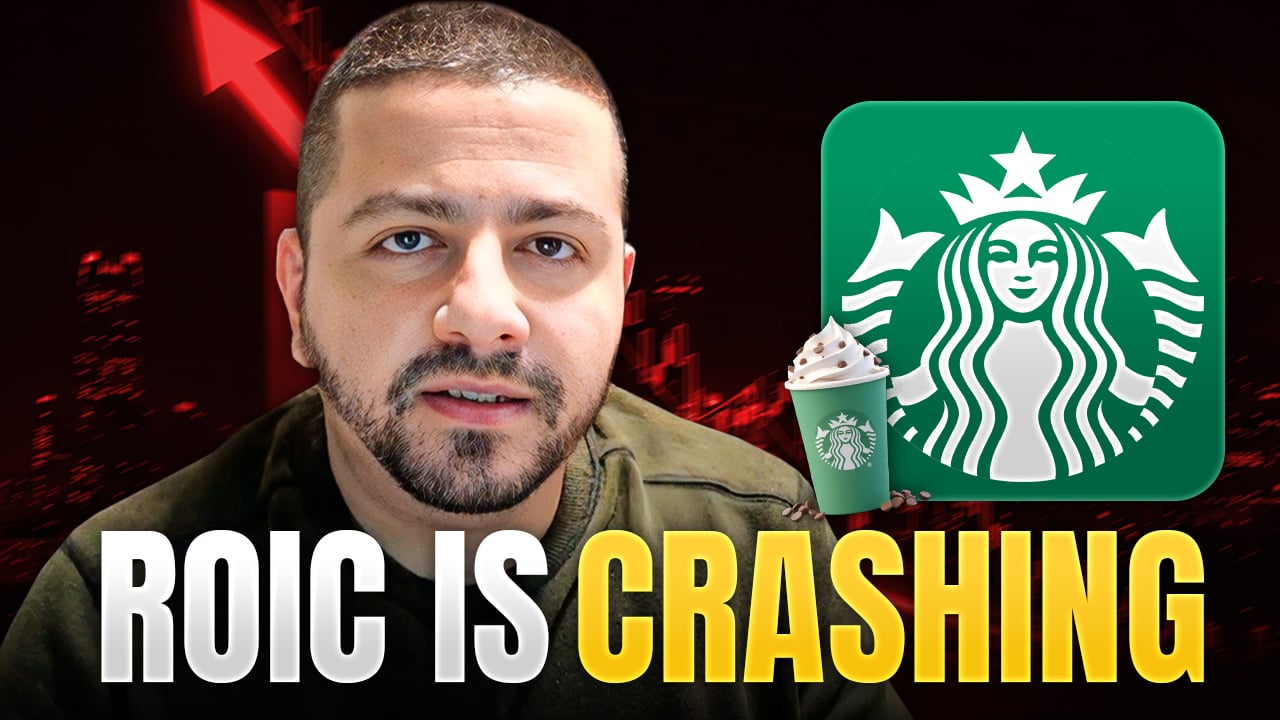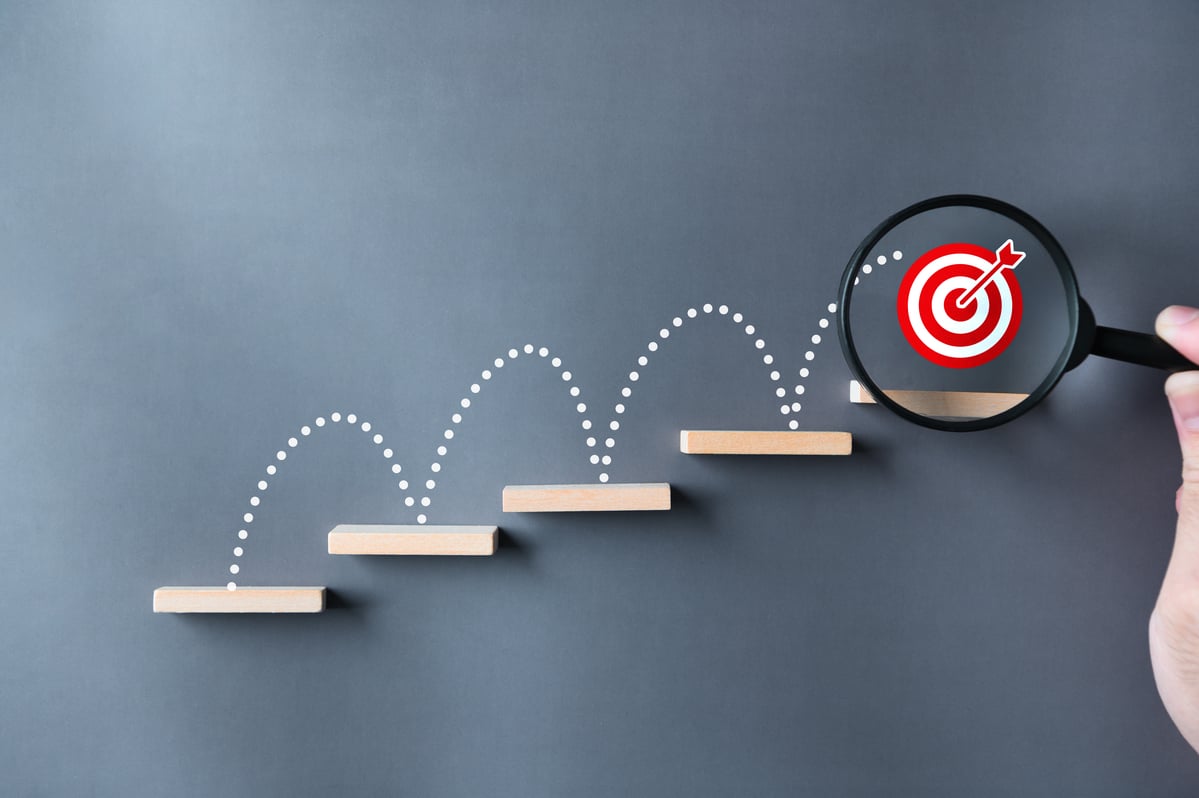The unprecedented economic lockdown ordered to slow the spread of the coronavirus has wreaked havoc on many businesses. With consumer behavior suddenly altered in such a big way, many brands are proving they were ill-prepared for the long-time-coming digital age.
But many other consumer brands have made a huge pivot in their operations and are faring just fine. Three that are proving resilient and look like attractive long-term values to me are Skechers (SKX +0.00%), Starbucks (SBUX +0.85%), and Texas Roadhouse (TXRH +2.17%).

Image source: Getty Images.
Sneaker culture is alive and well
Skechers has long been known as the quirky upstart in the shoe industry, but it's time to dispense with that notion. The company has been steadily building a loyal customer base, especially outside the U.S., and has made itself a pillar of today's global sneaker culture. Just listen to the hit song Skechers by the artist DripReport, which surpassed 1 billion streams on TikTok back in late April and to date has over 100 million views on YouTube.
Anecdotal? You betcha. But the numbers from Skechers' Q2 2020 report (covering the peak coronavirus lockdown) speak volumes. With virtually every one of Skechers' more than 3,600 company-owned stores and partner retailers closed at some point during the period, it's a real feat that revenue was down "only" 42% from a year ago. Coming to the rescue was a 428% surge in Skechers' direct-to-consumer e-commerce business.
Also of note: Skechers has remained profitable (as measured by free cash flow, or revenue less cash operating and capital expenses) during this difficult time. Cash, equivalents, and marketable investments were $1.56 billion at the end of June, with debt of just $680 million. Paired with the fact that some markets like China are already back in growth mode and many others are reapproaching pre-pandemic sales levels, Skechers is in great shape to capitalize on a global economic recovery.
As of this writing, shares trade for 30.7 times trailing-12-month earnings per share, a metric bogged down by the big drop in results during the first half of 2020. Nevertheless, for those looking for an expanding global brand, shares look like a long-term value right now.
Betting on the coffee shop of the future
Starbucks is another brand that, in spite of a 38% year-over-year tumble in revenue during the spring quarter, was able to keep things rolling thanks in large part to its digital and on-the-go business. The coffee chain has turned into a daily staple, and even with many stores closed down or store operations heavily altered in recent months, consumers were still finding ways to get their daily caffeine fix.
The Starbucks app and rewards program have been key to that success here in the U.S. From there, guests are able to schedule order pickup, and a growing number of locations are rolling out curbside delivery, too. And in China, Starbucks' partnership with Alibaba (BABA 0.75%) has also yielded results, enabling consumers in that high-growth market to schedule delivery or to-go orders.
In total, Starbucks said its stores that never closed are on average now reporting growth over last year, with those reopening now only down 16% on average from last year. That bodes well for business during the summer months.
Longer term, the empress of coffee is already looking to adapt its global footprint for future needs, just as it has done in times past during periods of crisis. A new walk-up store format is being developed, and the company is also doubling down on electronic payments and new order and pickup features in expectation that some consumer behavior will be permanently altered following COVID-19.
Much like Skechers, Starbucks' trailing P/E metric looks steep at 67.7 times trailing profit, with 2020 to-date results weighing heavily. But as the company rebounds from the crisis and continues to grow in China and adapt its stores in North America for the new reality, this remains one of the best stocks in the restaurant industry.
A resilient dining experience holds up during the pandemic
Speaking of best restaurant industry stocks, Texas Roadhouse was one of my top picks during the market meltdown of late March. And while results in the first half of the year were dismal (revenue in Q1 fell 5.5%, followed by a 31% drop in Q2), this casual dining experience is doing far better than many of its peers.
Like most other chains, stores remained open on a limited basis for delivery and pickup orders. But with its focus on suburban areas rather than densely populated cities, Roadhouse was able to begin opening dining rooms again on a limited basis in May and June and reported just a 14% decline in comparable-store sales (an average of foot traffic and guest ticket size). And in July, 95% of stores were operating dining rooms on a limited basis, leading to just a 13% comps decline from last year -- including only a 10% year-over-year drop during the last week of the month.
This is shaping up to be another winner as the economy slowly gets pieced back together. But the geographic location of its restaurants isn't the sole reason why. Roadhouse has also been prudent in its expansion over the years, maintaining liquidity and zero debt headed into the crisis while other more aggressive chains borrowed heavily during their growth efforts. As a result, Roadhouse had $282 million in cash and equivalents and $190 million in debt (from drawing down its revolving credit facility) at the end of June. With the company nearing breakeven again, it's in great shape.
Like the first two stocks here, profitability for Texas Roadhouse in the last year has mostly dissipated and isn't a good indicator of share price value. But with the chain ahead of the curve in reopening and many of its patrons frequenting often enough via pickup or in person that it's homing in on year-over-year sales breakeven, I still like this stock. Shares are down 15% from their high earlier in 2020, and are a solid holding for investors who bet on consumer spending eventually getting back to normal.







